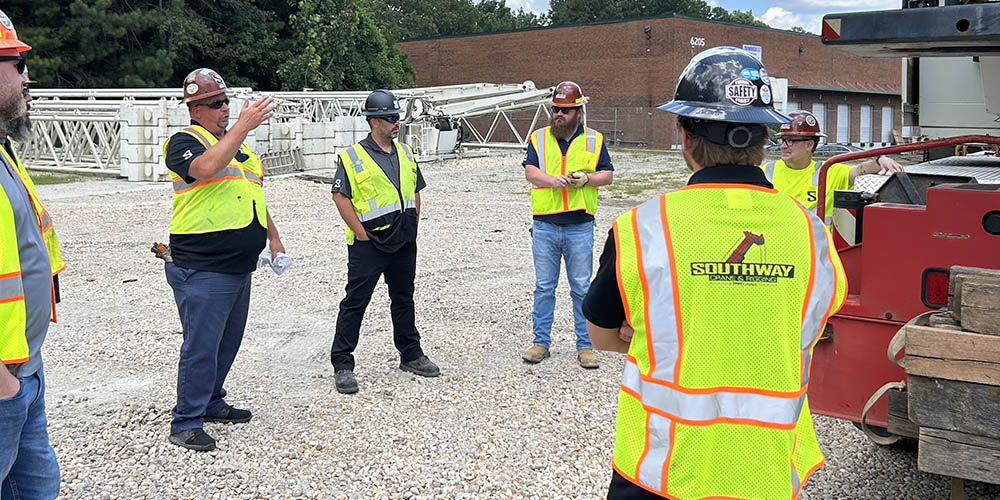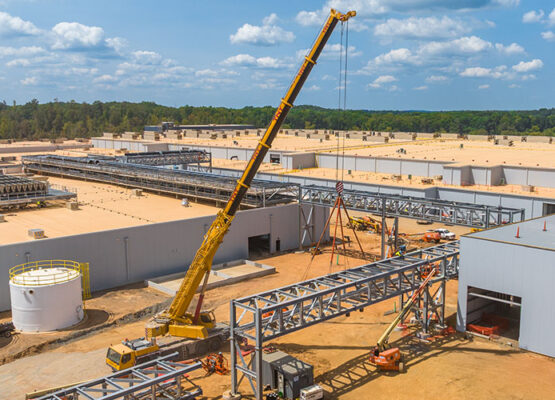How to Conduct a Site Survey for Crane Operations

- March 30, 2025
How to Conduct a Site Survey for Crane Operations
A thorough site survey is essential for safe and efficient crane operations. Before any lifting begins, assessing the location helps prevent delays, safety hazards, and costly mistakes. As a leading provider of crane operations, Southway Crane & Rigging has put together some information outlining how to conduct a site survey for crane operations to help you plan and execute complex lifts with precision.
Learn how to choose the right crane for your project
1. Evaluate the Site Conditions
Start by reviewing the terrain. A stable and level surface is necessary for crane stability. Make sure to look for soft ground, slopes, or any obstructions that could impact positioning. Also, take weather conditions, such as wind and precipitation, into account, as they can affect crane performance.
2. Identify Potential Hazards
Survey the area for overhead and underground obstructions. Power lines, buildings, and trees can interfere with crane movements, while underground utilities may pose safety risks. Clear communication with site managers and utility companies can help prevent unexpected issues.
3. Determine Load and Lift Requirements
Understanding the weight, size, and shape of the load is crucial for selecting the right crane and rigging choices for your project. When planning out a lift, make sure the lift path avoids obstacles and that the load weight will be distributed evenly. Doing so will ensure smooth operation and will help you maintain stability and control throughout the lift.
4. Verify Access and Setup Space
A crane requires adequate space for setup and operation. So, review the entry and exit routes to accommodate the crane’s transport and positioning. Also, consider nearby traffic, pedestrian zones, and worksite restrictions when planning the route.
5. Confirm Safety Measures and Compliance
Safety measures must be followed before any lifting project begins. This means that barriers and signage should be placed to keep unauthorized personnel away and that communication methods, such as hand signals or radios, should be coordinated among the team. It is also important to ensure compliance with local regulations to meet all necessary permits and guidelines.
6. Finalize the Lift Plan
Once all factors have been assessed, create a detailed lift plan. This document should outline crane positioning, load handling procedures, and emergency protocols. A well-prepared plan reduces risks and improves efficiency onsite.
If you would like to learn more about conducting a site survey for crane operations, get in touch with our team today by calling 1-800-335-3148 or by filling out our online contact form.
Related Blogs

- February 28, 2025
Tips on Planning and Executing Critical.
Tips on Planning and Executing Critical Lifts Critical lifts involve moving heavy or oversized objects, which.

- September 9, 2025
Considerations for Using Cranes on Jobsites.
Things to Keep in Mind When Operating Cranes in Tight Areas Working with cranes in confined.

